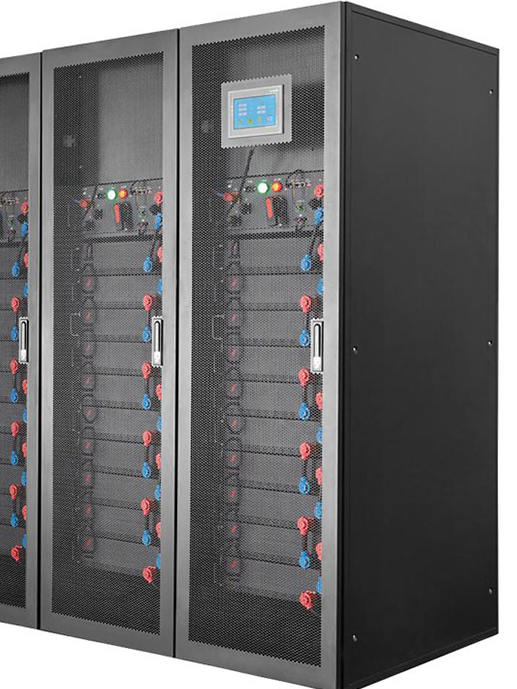Rack-mounted backup battery is a power supply solution designed specifically for critical equipment such as servers and data centers. It can quickly switch over when the main power supply fails, ensuring the continuous and stable operation of the device, avoiding data loss and service interruption. The following is an overview of the technical parameters of the rack backup battery: First, from the battery capacity, the capacity of the rack backup battery is usually large and can support a long time of power supply. This mainly depends on the chemistry and structural design inside the battery, as well as the number of battery packs and how they are connected. In general, the larger the capacity of the battery can provide more lasting power, but will also increase the size and weight of the device accordingly. Secondly, the voltage and current output of the rack backup battery are also important technical parameters. The stability of voltage and current is critical to the protection of critical equipment, as they directly determine whether the equipment will work properly. High-quality rack-mounted backup batteries should have stable voltage and current output capabilities to cope with a variety of complex power environments.

Rack backup batteries usually use lead-acid batteries or lithium batteries, lead-acid batteries are lower cost and stable, while lithium batteries have higher energy density and long life.
Rack spare battery capacity is generally measured in Ah, the voltage is usually 12V or 24V, different application scenarios require different capacity and voltage selection.
Standby battery charge and discharge cycle is an important parameter to evaluate its cycle life, the general lead-acid battery can reach hundreds of cycles, while the lithium battery can reach thousands of cycles.
Standby batteries perform differently at different operating temperatures. Generally, the operating temperature ranges from -20°C to 55° C. If the operating temperature exceeds the range, battery performance may deteriorate.
In order to achieve remote monitoring and management of battery status, rach-mounted backup batteries are usually equipped with communication interfaces, such as RS232, RS485, CAN, etc.
The safety performance of the backup battery includes over-charge protection, over-discharge protection, short circuit protection, etc., to ensure that the battery will not cause safety problems during use.
Rack-mounted spare batteries usually need to be installed in a rack or equipment cabinet, so their size and weight must meet the corresponding standards for installation and maintenance. 8. Application scenario:
Different types of rack backup batteries are applicable to different scenarios, such as data centers, communication base stations, and medical devices. Selecting a suitable backup battery can improve system reliability and stability.
By summarizing the technical parameters, you can better understand the characteristics and selection methods of rack-mounted backup batteries, so as to provide reliable backup support for your devices.
frame type of backup battery parameters covering capacity, voltage, current, charging speed, safety and life, and many other aspects. When selecting rack-mounted backup batteries, consider the actual requirements and scenarios to ensure the stable running of devices and service continuity. Battery charging speed and efficiency are also factors to consider. Fast charging technology can shorten the charging time of batteries and improve the availability of devices. At the same time, high charging efficiency means less energy loss, helping to reduce the operating costs of the equipment. In terms of safety, rack-mounted backup batteries usually have multiple safety protection functions, such as overcharge protection, overdischarge protection, short circuit protection, etc. These protective measures can effectively prevent battery damage or explosion in abnormal circumstances, and ensure the safety of equipment and personnel. Finally, the life of the rack backup battery is also a technical parameter that cannot be ignored. The life of a battery depends on a number of factors such as the stability of its internal chemicals, the use environment, and maintenance. In general, a high-quality rack-mounted backup battery should have a long service life to reduce the frequency and cost of replacing the battery.